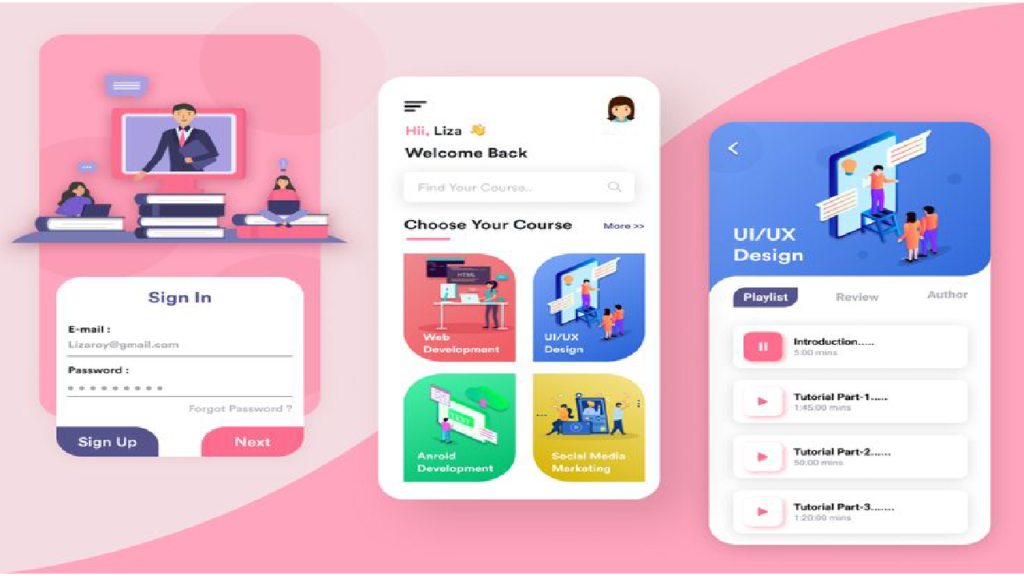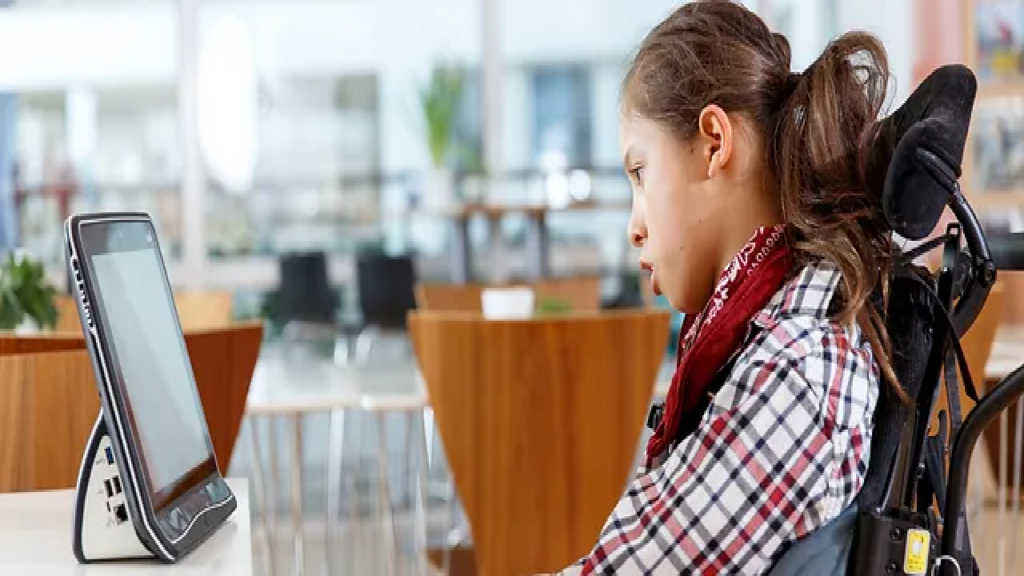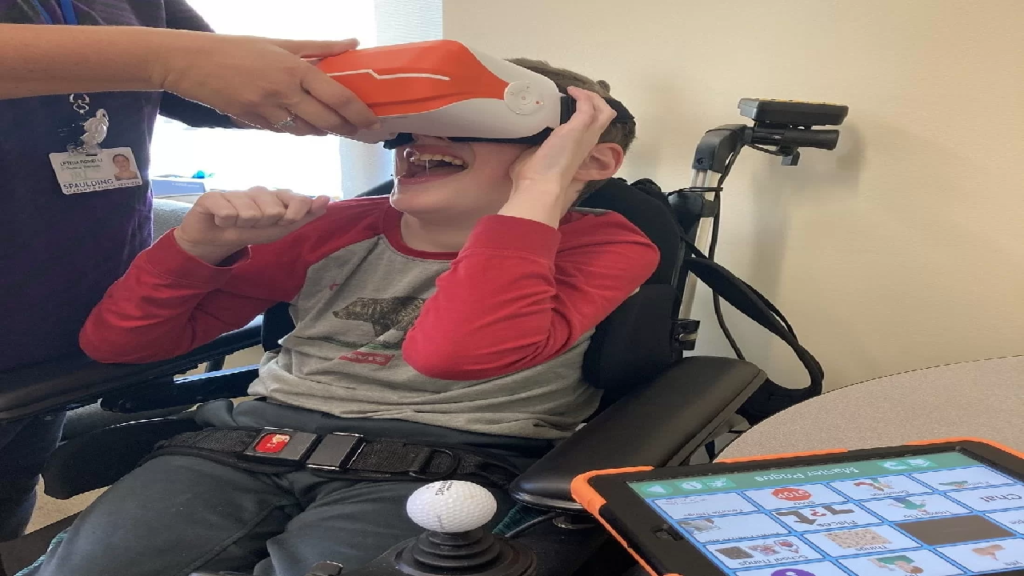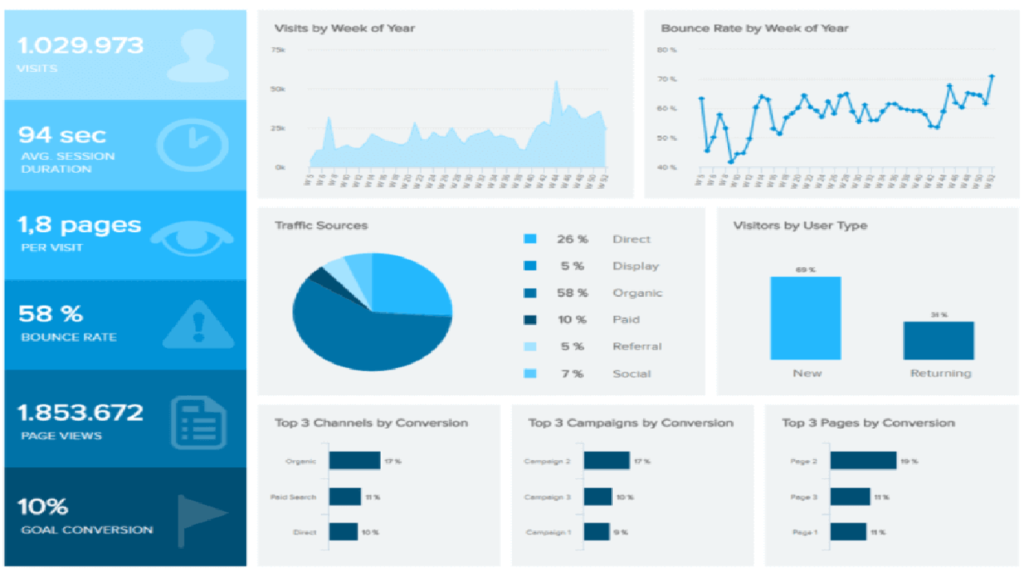EdTech Solutions for Special Needs Students: Improving Inclusivity
Introduction:
In today’s digital age, technology plays a pivotal role in revolutionizing education. Its potential to create inclusive learning environments is particularly pronounced when addressing the needs of special education students. These students require tailored support to reach their full potential, and Educational Technology (EdTech) solutions have emerged as powerful allies in this endeavor. This article explores the significant strides EdTech has made in improving inclusivity for special needs students, offering insights into some of the innovative tools that are changing the landscape of special education.
01
Personalized Learning Apps:
Personalization is at the core of addressing the diverse needs of special education students. EdTech platforms, such as Learning Management Systems (LMS) and adaptive learning apps, have evolved to offer customized learning experiences. These platforms analyze individual student data and adjust content, pacing, and difficulty levels accordingly.

For instance, applications like “KiddoLearn” and “SpecialEdConnect” have emerged as leaders in delivering tailored content to students with various disabilities, including autism spectrum disorder (ASD), dyslexia, and attention deficit hyperactivity disorder (ADHD). These apps provide engaging lessons, interactive activities, and real-time progress tracking to cater to each student’s unique learning style.
02
Assistive Technologies:
Assistive technologies have proven invaluable in empowering special needs students to overcome barriers to learning. These technologies encompass a wide range of tools, from speech recognition software and screen readers to alternative input devices like eye-tracking systems and switch interfaces.

The “Read&Write” software and “JAWS” screen reader are excellent examples of assistive technologies that aid students with reading and visual impairments. These tools read aloud text, provide word prediction, and offer other features that enhance comprehension and independence in the classroom.
03
Augmented and Virtual Reality (AR/VR):
AR and VR technologies have opened up new possibilities for engaging special needs students in immersive learning experiences. These technologies can simulate real-world scenarios, making complex concepts more accessible and enjoyable.

Apps like “Google Expeditions” enable students to explore virtual landscapes, historical events, and scientific concepts in a 360-degree environment. For special needs students, this approach can be transformative, offering experiential learning that bridges the gap between theoretical knowledge and practical understanding.
04
Communication and Social Skills Apps:
Apps like “Google Expeditions” enable students to explore virtual landscapes, historical events, and scientific concepts in a 360-degree environment. For special needs students, this approach can be transformative, offering experiential learning that bridges the gap between theoretical knowledge and practical understanding.

“Proloquo2Go” and “Autismate” are examples of communication apps that use pictures, symbols, and speech synthesis to help non-verbal or minimally verbal students express themselves. Additionally, “Social Express” provides interactive lessons and scenarios to teach social skills in a supportive, virtual environment.
05
Data Analytics and Individualized Progress Tracking :
Data-driven insights are essential for educators to understand and adapt to the evolving needs of special education students. EdTech platforms now incorporate robust data analytics tools to monitor student progress, allowing for informed decision-making.

Tools like “EdViz” and “PowerSchool” provide educators with comprehensive dashboards that display student performance metrics, attendance records, and engagement levels. This information helps teachers identify areas requiring additional support and make necessary adjustments to their teaching strategies.
Conclusion:
EdTech solutions are revolutionizing special education by enhancing inclusivity and providing tailored support for special needs students. With personalized learning apps, assistive technologies, AR/VR experiences, communication apps, and advanced data analytics, educators and students now have an extensive toolkit at their disposal.
As technology continues to evolve, the potential for EdTech to foster inclusive education environments for special needs students is boundless. The journey toward bridging the educational gap is an ongoing one, and EdTech will undoubtedly play a pivotal role in making education more accessible and equitable for all.
In the coming years, we can expect even more innovative solutions to emerge, further enriching the educational experience of special needs students and fostering a more inclusive society. EdTech is not just a tool; it’s a catalyst for positive change in the world of special education.
